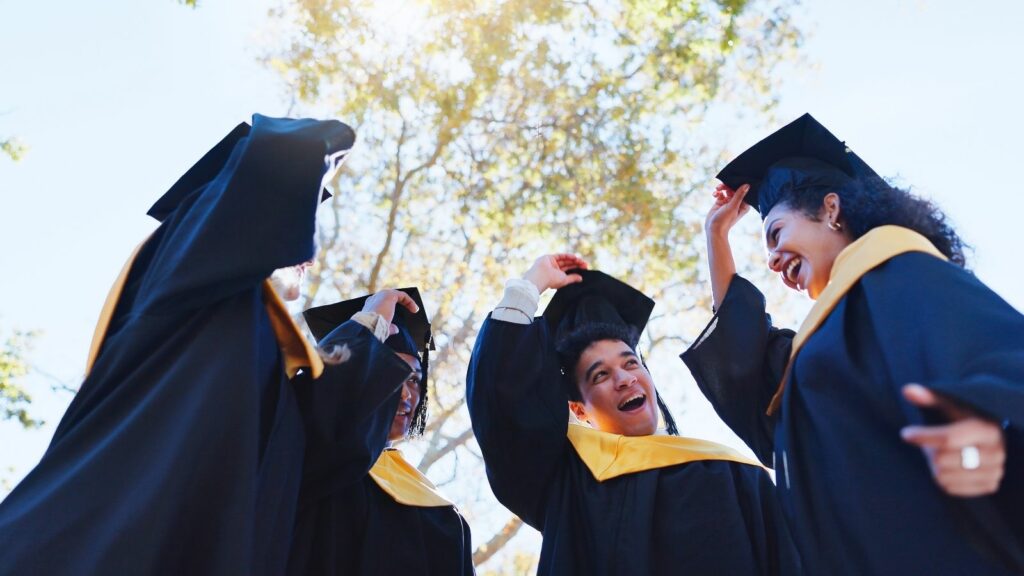The classroom, which was once defined by chalkboards and textbooks, is rapidly changing due to innovation and technology. While some innovations improve education, others may have a harmful effect. Parents, teachers, and students all face multifaceted challenges. Let’s look at 20 disturbing new realities about the future of education and its impact on the world.
Concept of AI in Education
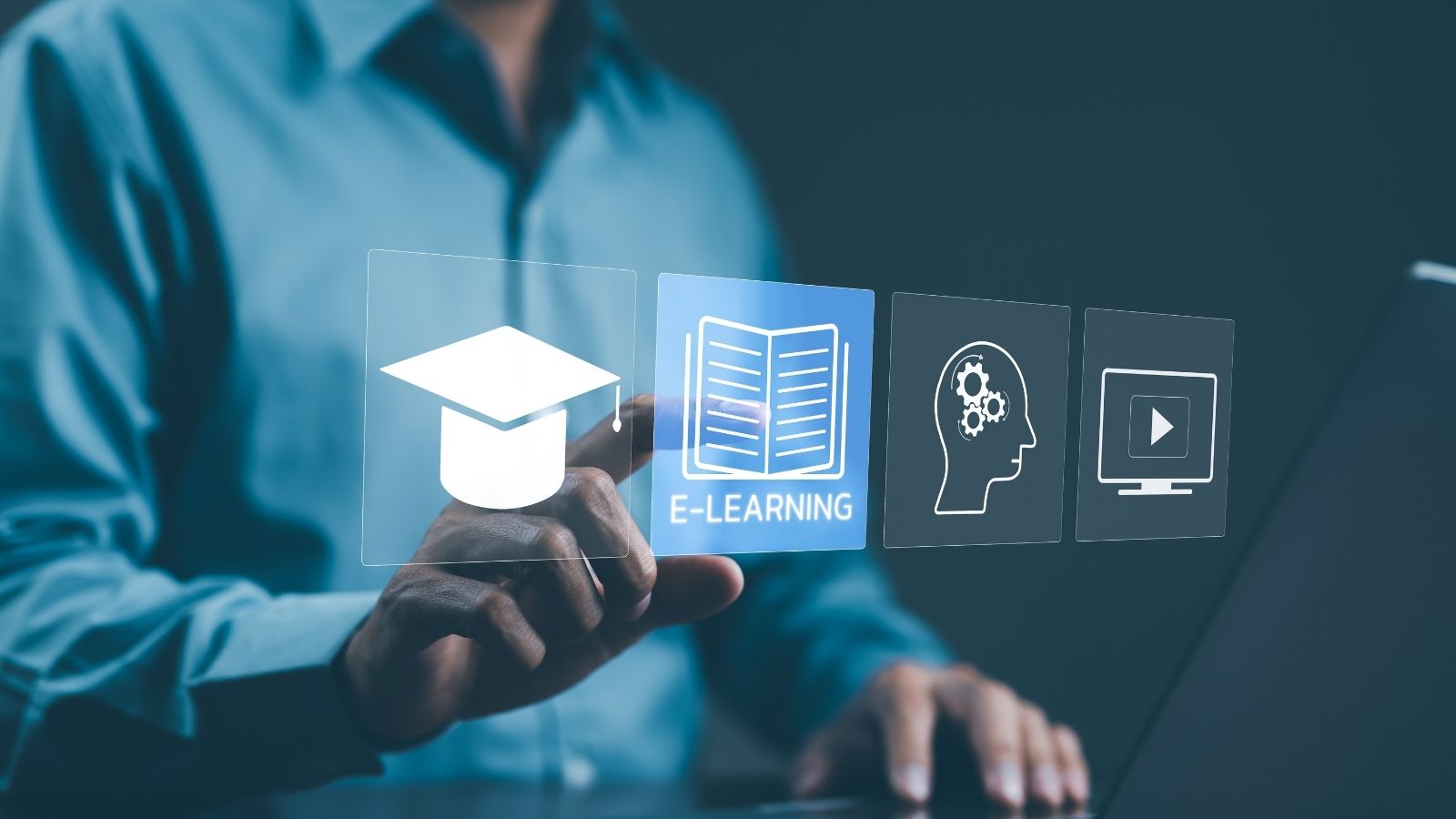
The use of Artificial Intelligence in learning institutions is growing at a fast pace. Undeniably, AI’s benefits may enable every student to have a teacher or complete work very efficiently. However, it might end up with AI replacing human teachers and the emotional values attached to them.
Privacy Risks

Learning applications monitor the progress of schools, colleges, and universities. This data helps record student activities but, at the same time, challenges privacy. Where does all this data go? Who controls it? As we ask these questions like Who, what, where, when, and why, we get to the final question of How can students’ information be secured with no answer?
Increasing Digital Divide

Technology is essential in present-day education. However, not all students have internet access on their computers or mobile phones. With the reliance on online education tools and resources, students from poor families are the most affected, and this digital divide is increasing rapidly.
Online Learning
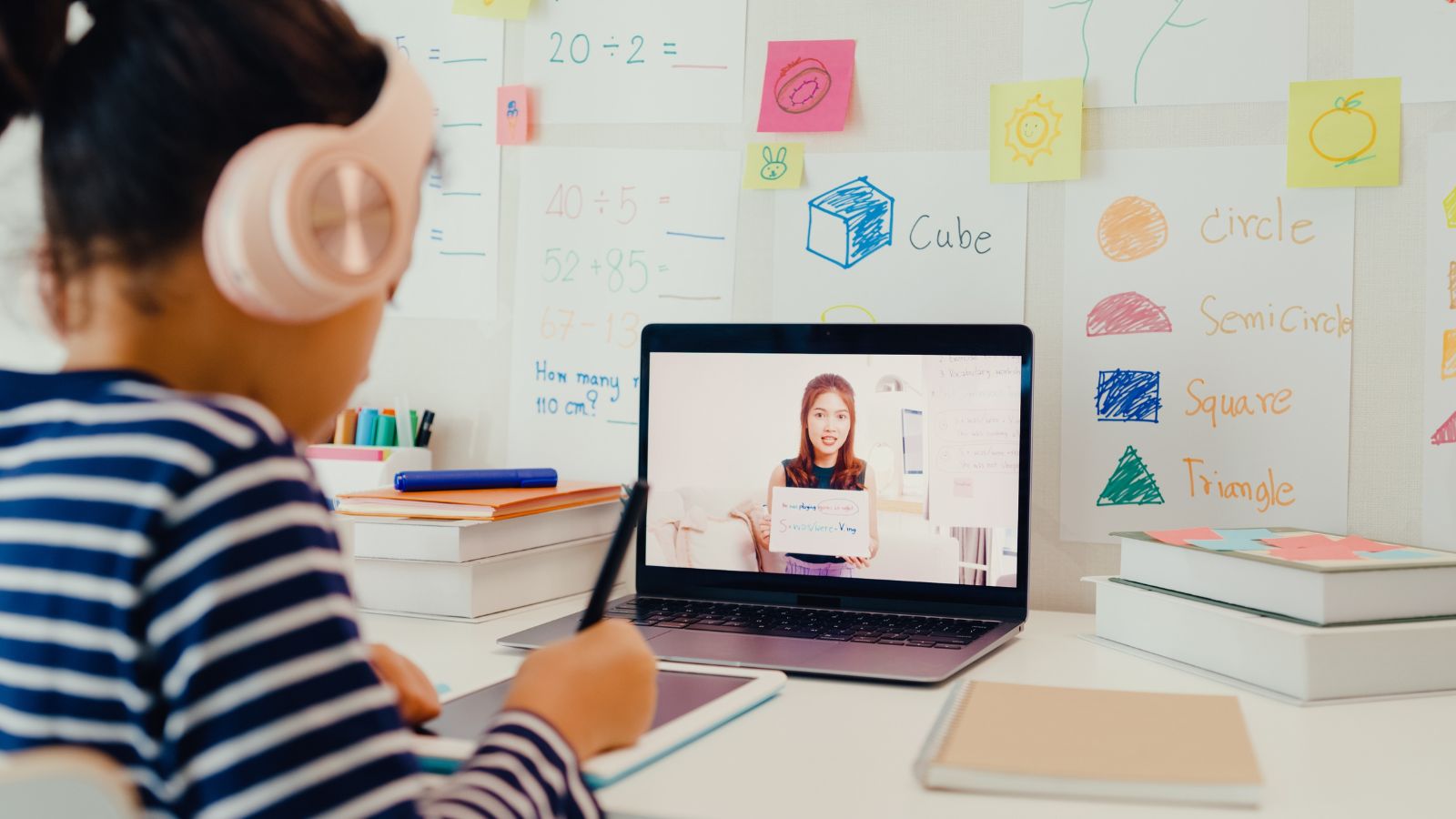
In the middle of the COVID-19 pandemic, millions of students transitioned to online learning. Online learning was a substitute, but it continues as a standard option. This shift could be an attempt to save financial costs, though students may lose physical or social interactions with others.
Standardized Testing

Throughout the past, standardized tests have been a core component of the education system. But people are now starting to question its impact and effectiveness. The argument is that these tests do not assess the student’s competence and capacity fairly, and they hinder creativity and critical thinking.
Teacher Burnout

The demands have shifted, and teachers are feeling more pressure than ever. Bigger classes mean more students in a class, more paperwork to do, and they are becoming worn out.
Educational Costs

The cost of education, especially college education, is on the rise. Tuition fees granted to students as loans are becoming a problem for many students, with some wondering whether college is worth the cost. This financial pressure is cutting back many people’s ability to get quality education.
STEM Overemphasis
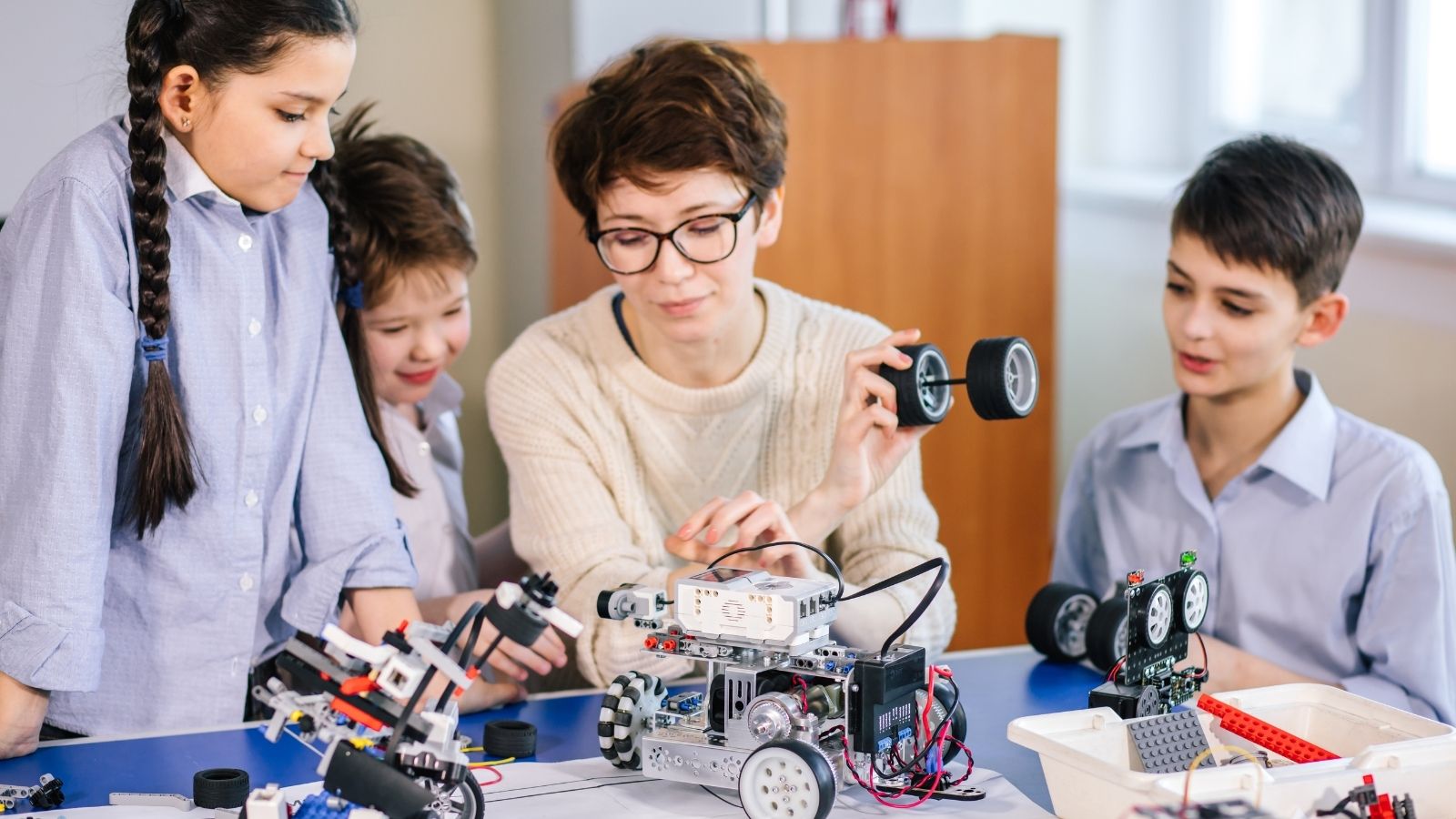
Much emphasis is placed on Science, Technology, Engineering, and Math (STEM) education. No doubt STEM fields are important for future jobs or careers, but this sort of focus is leaving behind subjects such as arts, history, and literature.
Automation of Jobs
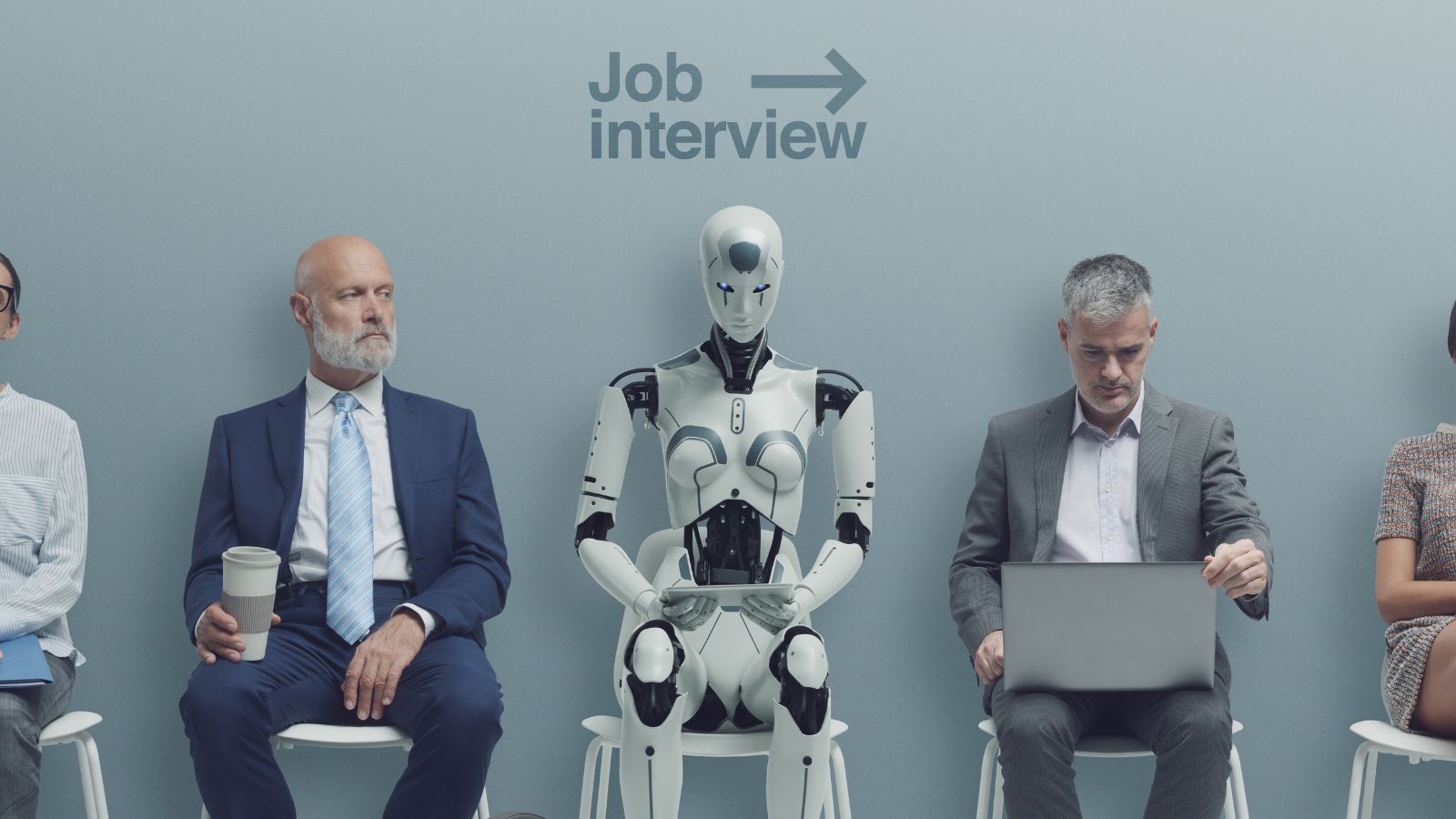
It is becoming clearer that the world of work is being transformed through technology and, specifically, automation. This leads to many questions, such as whether our current education is preparing our students for jobs of the future or training them for job positions that may not even exist today.
Lifelong Learning

The traditional education model does not finish at any level now. Nowadays, lifelong learning is crucial for everyone. It is good for growth but puts pressure to constantly train and enhance educational qualifications.
Danger of EdTech Firms
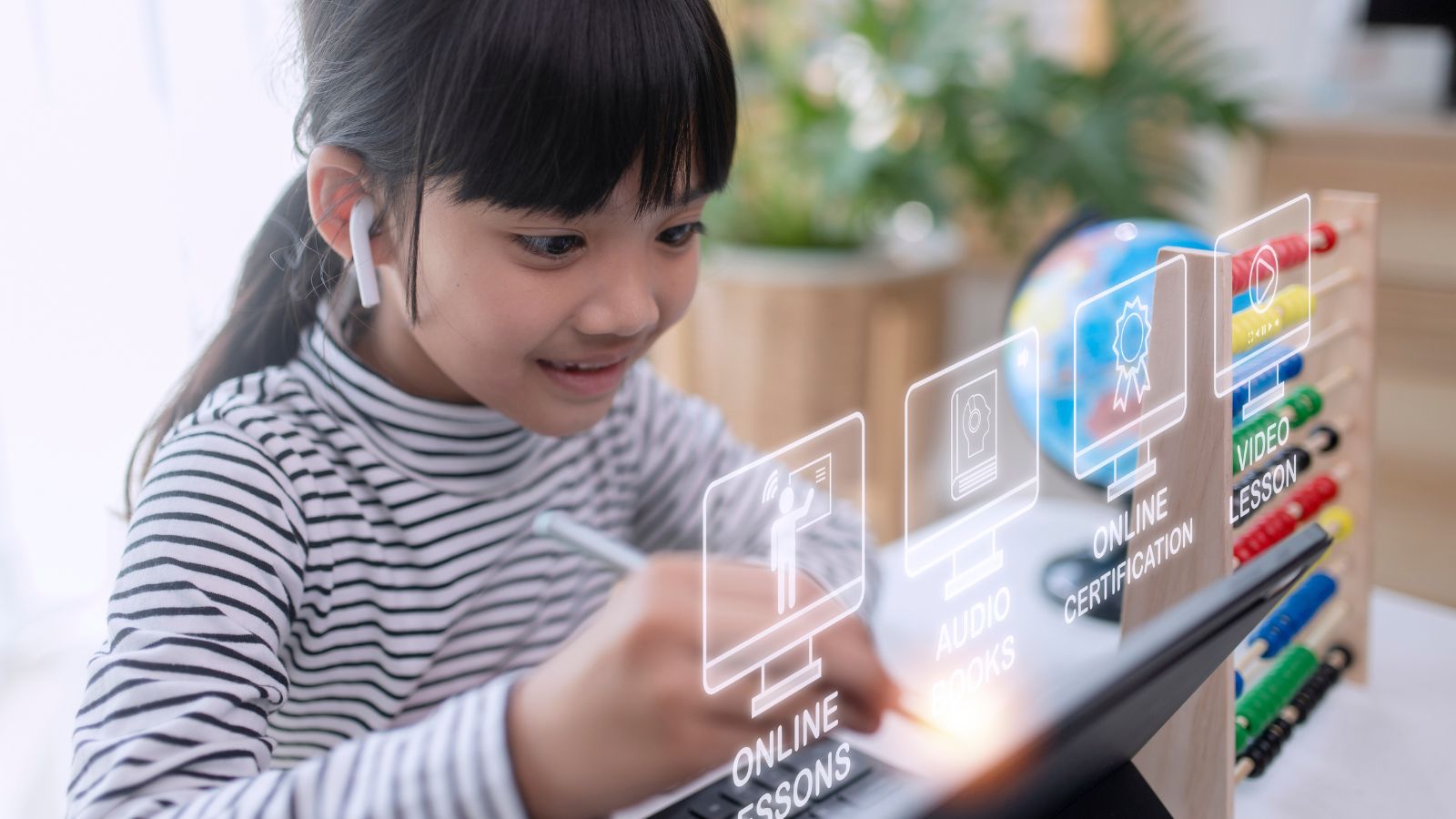
Educational technology companies are becoming more influential every year, and their impact on schools and curricula is steadily increasing. One of the worst evils of the commercialization of education is caring more for profits than for the well-being of students.
Global Students Competition
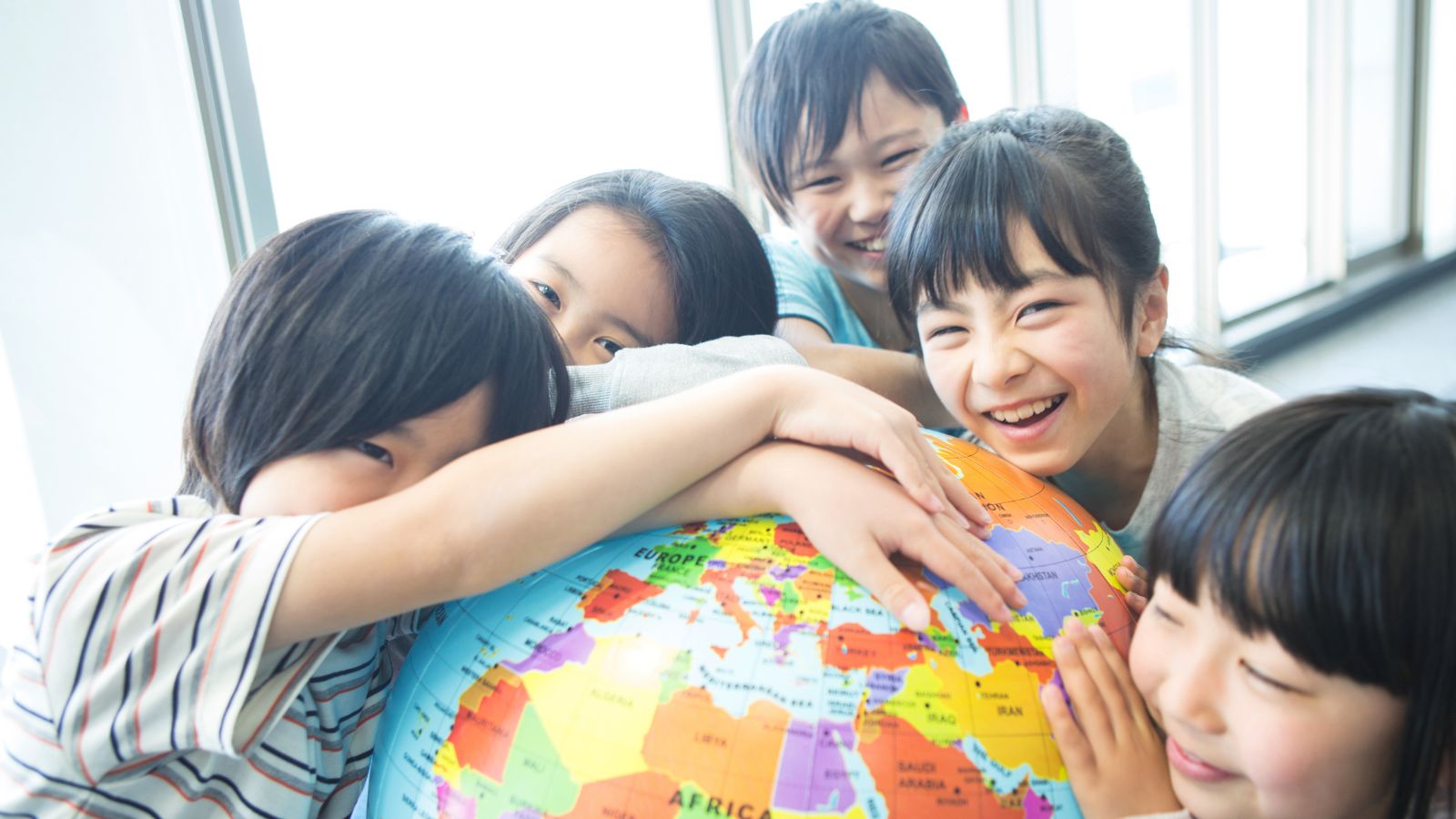
It cannot be denied anymore that universities and schools are going through global competition for students. This competitiveness increases financial costs and reduces access to university education for its local students.
Mental Health Crisis

Many students are suffering from mental health such as anxiety and depression disorders these days. This mental health crisis is a result of traditional academic pressure, social media exposure, and other external factors.
Decline in Critical Thinking
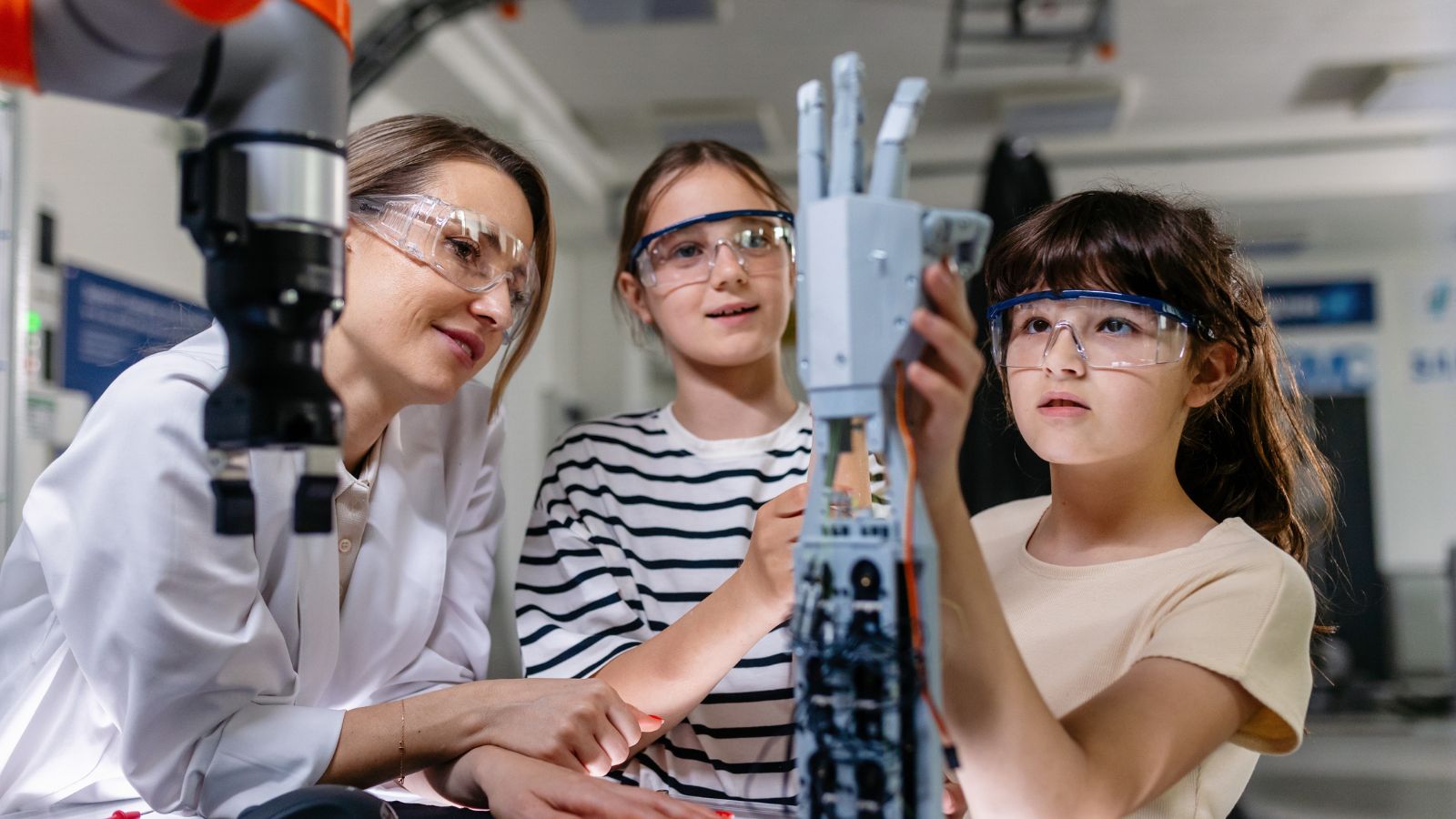
Due to the current educational system, there is an issue with the student’s ability to develop critical skills. Schools are established in such a way that studying and memorizing is more critical in exams than giving an original answer to a question.
Uncertain Future of Credentials
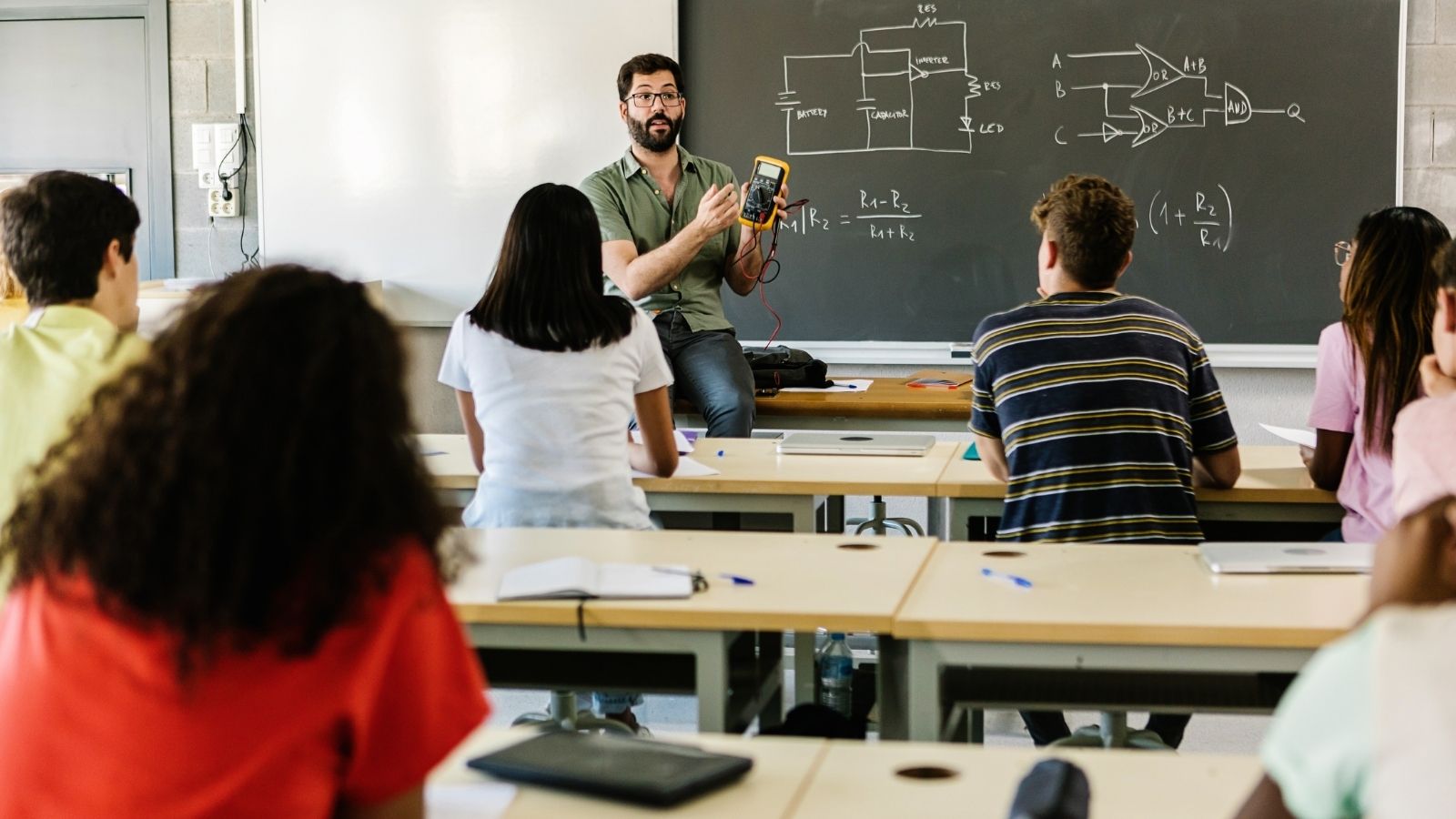
Traditional degrees are increasingly becoming obsolete as new technologies develop. A few organizations have already started offering employment to candidates based on their expertise rather than degree certificates, raising questions about traditional academic institutions.
Digital Student-Teacher Relationship

While digital resources are beneficial to the learning process, they take away the aspect of in-person grooming. Students might get isolated sometimes, leaving teachers and students with abnormal relationships.
Globalization Alters the Curriculum

Due to globalization, schools are feeling the push for change in the curriculum. While this could foster international synergy, many people have raised questions about its effectiveness.
Rise of Home-schooling

A larger number of parents are now homeschooling their children. Although homeschooling has its advantages, it is prone to isolation. People are worried about their children’s interaction with other children and the kind of education they are getting.
Virtual Reality in Education

Virtual reality is gradually being implemented in school systems to enhance the learning process. However, the cost of this technology and the possibility of students immersing themselves so much in VR that they forget real-life experiences are real challenges.
Political Interference
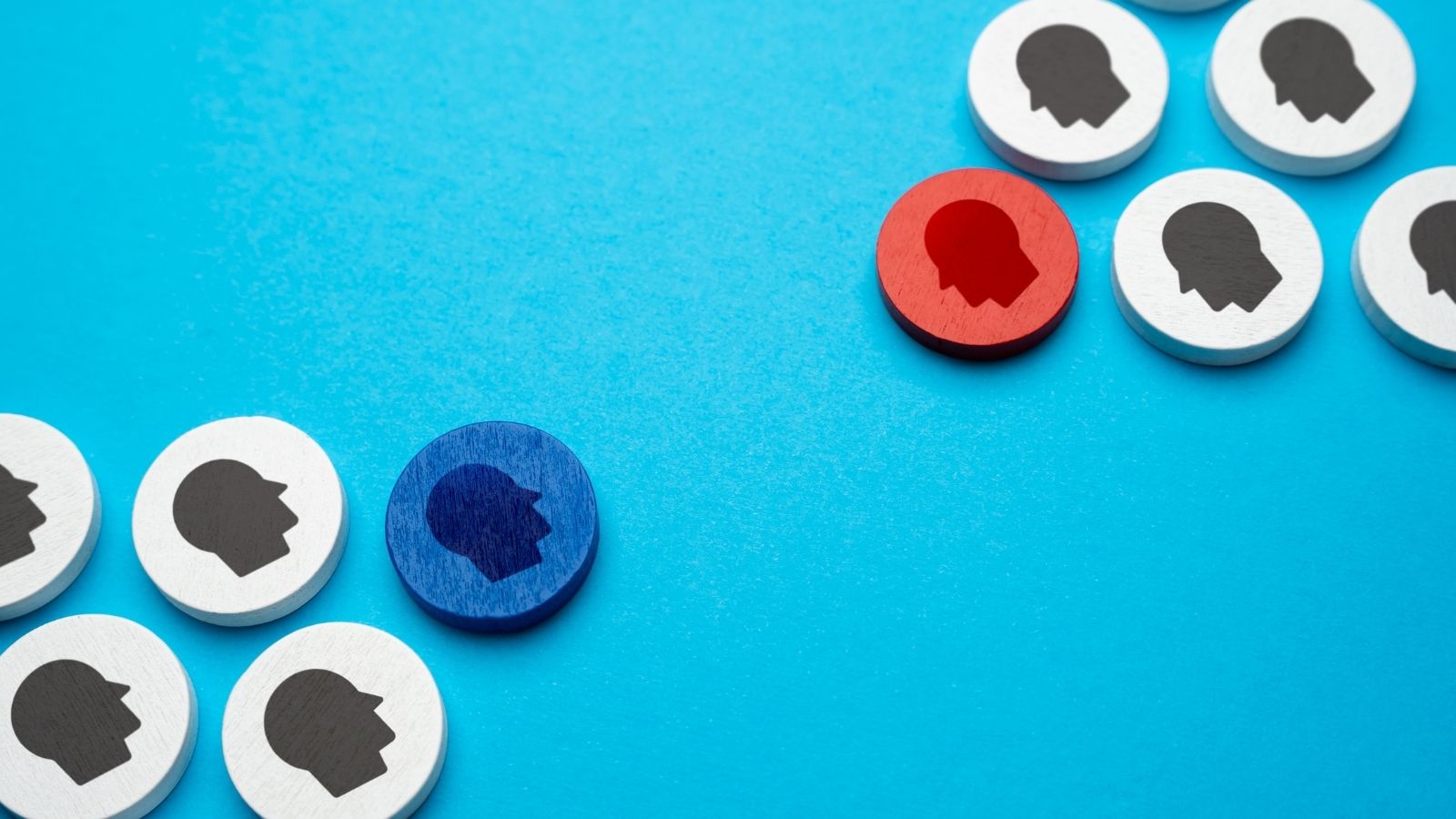
The politicization of education has always been apparent, but it has recently escalated through political intervention in curriculum, policies, and funding. This may lead to politically influenced education and teaching resources.
Conclusion

There are many opportunities and threats to the future of education. It is important to maintain appropriate receptiveness to these changes and not allow educational essentials, such as analytical skills, creativity, and character growth, to deteriorate. The world needs to pay attention to these issues to give every child a better and fair education.
18 Reasons Why People Are Leaving Florida in Masses

Exploring factors that impact the desirability of living in Florida, this list delves into various challenges shaping residents’ experiences. From environmental concerns like rising sea levels to economic factors such as fluctuating job markets, these issues collectively contribute to a nuanced understanding of the state’s appeal.
18 Reasons Why People Are Leaving Florida in Masses
